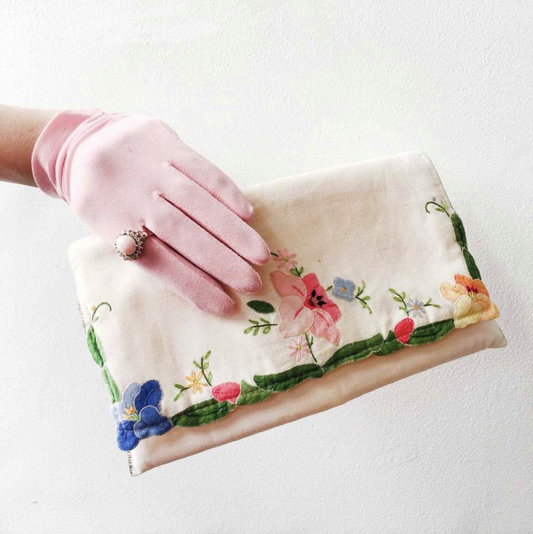talkingfashion
Picturesque Pearls: A Style Guide
Picturesque Pearls: A Style Guide By Paige McKirahan With wedding season well on its way, we wanted to take a look at one of our favorite elegant motifs in accessories...
Picturesque Pearls: A Style Guide
Picturesque Pearls: A Style Guide By Paige McKirahan With wedding season well on its way, we wanted to take a look at one of our favorite elegant motifs in accessories...
Guccio Gucci the Great: Five Facts About Fashio...
Guccio Gucci the Great: Five Facts About Fashion’s Finest By Paige McKirahan As a plethora of designer birthdays are on the horizon this spring, we wanted to remember one...
Guccio Gucci the Great: Five Facts About Fashio...
Guccio Gucci the Great: Five Facts About Fashion’s Finest By Paige McKirahan As a plethora of designer birthdays are on the horizon this spring, we wanted to remember one...
Fashion Flashback: The Hot History of Hats
Fashion Flashback: The Hot History of Hats By Paige McKirahan To continue on with our historical evaluation behind some of the most iconic accessories of all time, it would...
Fashion Flashback: The Hot History of Hats
Fashion Flashback: The Hot History of Hats By Paige McKirahan To continue on with our historical evaluation behind some of the most iconic accessories of all time, it would...
The Heady History of the Hand Fan
The Heady History of the Hand Fan By Paige McKirahan When considering all of the accessories that are used for both utilitarian and decorative purposes, one of the first...
The Heady History of the Hand Fan
The Heady History of the Hand Fan By Paige McKirahan When considering all of the accessories that are used for both utilitarian and decorative purposes, one of the first...

The Grand History of Gloves
The Grand History of Gloves By Paige McKirahan In the accessory world, there are many pieces that have lifespans spanning centuries back to primitive ages. Can you guess which...
The Grand History of Gloves
The Grand History of Gloves By Paige McKirahan In the accessory world, there are many pieces that have lifespans spanning centuries back to primitive ages. Can you guess which...
Headpiece Heaven: Five Fabulous Ornamental Acce...
Headpiece Heaven: Five Fabulous Ornamental Accessories By Paige McKirahan When it comes to the evaluation of headwear as an accessory rather than something worn out of necessity, it can...
Headpiece Heaven: Five Fabulous Ornamental Acce...
Headpiece Heaven: Five Fabulous Ornamental Accessories By Paige McKirahan When it comes to the evaluation of headwear as an accessory rather than something worn out of necessity, it can...